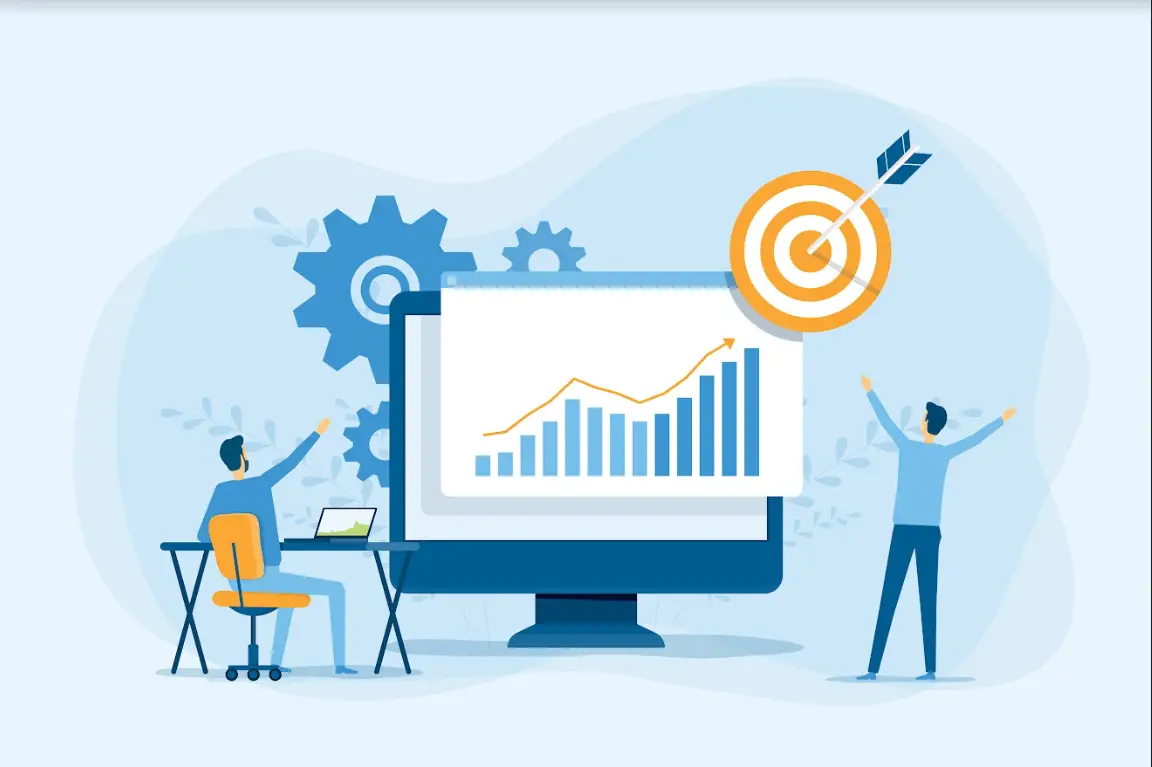The marketing department is one of the key elements of any business’s success. It’s responsible for creating and implementing strategies to promote the business and spread its mission among different people.
To successfully execute its mandate, the marketing department uses tons of data, such as insights and analytics, to improve its strategies and boost its reach. However, many businesses continue to adopt the concept of remote working as it is more efficient, effective, and sustainable.
So, what will happen to all this marketing data? Businesses have no other option but to transfer all this into a digital platform. This process is called digital migration, and regardless of your reason, this may bring improvements to your business through enhanced data management.
However, moving marketing data to a digital platform won’t be that easy. If that’s the case, you may consider asking a professional data center consulting services for help. They’ll guide you in establishing a plan to transfer data safely without damaging its critical components.
But before that, you might want to discover some tips to move marketing data to a digital platform safely. You may include these in your data migration strategy, so here are some of them:
1. Analyze Your Data And Manual Systems
When planning to migrate data to a digital platform, you first need to analyze the scope and complexity of your data because of potential issues that may come up during the migration process. You would want to avoid that as much as possible.
You may start by inspecting and evaluating the data you want to transfer before you efficiently align data from multiple systems in one place. Identify where it’s located, know its current format, determine the element you need to complete, and how it’ll look after migration.
Paper-intensive data may require a considerable amount of work, and that’s why digitization is essential. However, transferring data from paper documents is prone to human errors. So, you may consider using software solutions that would allow you to convert data directly from these sources instead of manually encoding them to your digital records.
Next, you’ll need to evaluate your manual systems and perform an audit of all the processes involved. This will help you identify the workflows that require digitization to improve them. These may include:
- Manual data entry operations
- Repetitive workflows
- Workflows that aren’t easy to track and monitor because of the multiple stages they need to undergo
- Operations involving sharing of information between several departments
- Workflows that require approval from different departments
- Operations involving manual computations
- Workflows that are highly vulnerable to human errors
- Operations that require the help of remote employees
2. Create An Action Plan
Moving data to a digital platform is a highly-sensitive process. It requires a well-devised strategy to ensure that every crucial step secures accurate data and includes essential factors when establishing associated databases.
To ensure an effective and safe data migration, you’ll create an action plan with associated costs, areas of concern, and pre-established timelines and stick to it. Having a plan will help increase your chances of successfully moving your marketing data. For larger organizations that require a more complex data migration process, it is recommended to seek out professional data centre migration services to ensure a seamless transition while minimizing risks and downtime.
Below are some of the things you need to consider when devising a plan:
- Assess Your Digital System: This is crucial to determine the capability of your digital system and how it works. Assess its user-friendliness, technology, scalability, and storage capacity.
- Create A Migration Map: After the assessment, create a map for the entire process. It should include backups, data security, phases of data migration, and deadlines. Also, don’t forget to check your budget and see if it can cover the whole process.
- Prepare Data: This is where you select the data to be transferred. Also, this is where you create data backups to protect your data.
- Test Your Software: This process will determine if the software solution you’ll use will successfully transfer data to your digital system. Run a test with small data and compare it to the original data.
- Audit: This will determine if the data you transferred has no issues. It’s ideal to do this with random data sets rather than pre-determined larger ones to ensure no bias and effective auditing.
In addition, it’s important to prioritize essential aspects, particularly data backups. This will help protect your company’s critical data and information when disaster strikes. Therefore, it’d be best to establish a well-thought contingency plan for possible setbacks.
3. Utilize Data Migration Software Effectively
Transferring data into a digital platform may require significant work, especially when executing it manually. So, it’s essential to consider using a data migration tool to make the process easier and ensure data integrity.
When choosing a data migration software solution, it’s essential to keep the following factors in mind, such as:
- Customer support from the vendor
- Ease of use
- Costs
- Features and Functionality
- Security
- Scalability
- Performance
It’s important not to rush when choosing a software solution to prevent potentially irreversible and irrecoverable data loss, which could be devastating for your business. So, take your time testing every software to identify the one best suited for your needs. And don’t forget to ensure backups before you do so.
4. Educate Your Team Members
Your employees are crucial to the success of this operation. It’ll help the process proceed smoothly and seamlessly if you inform them about data migration and train them as early as possible.
You want to ensure that your employees are ready for the new system when the entire data migration is complete. Also, ensure they know how to work around the new digital system before it’s implemented to promote efficiency and reduce costly errors. After all, your goal is to minimize mistakes when transitioning to digital platforms.
In addition, by making your employees involved in the process, you’ll be able to assure them that the newly-designed digital platform works. You’ll also reduce the distrust that may arise when implementing a new way of doing things.
Furthermore, training your employees will help prevent replacing employees who might refuse or get frustrated working with a new system.
Final Words
Moving marketing data to a digital platform is crucial to the success of your marketing strategy. It allows your marketing team to adapt to the advancements that shape the future of the field. However, data migration is no easy task. It requires careful planning to ensure that all your data is transferred safely without losing its essential components.










0 Comments